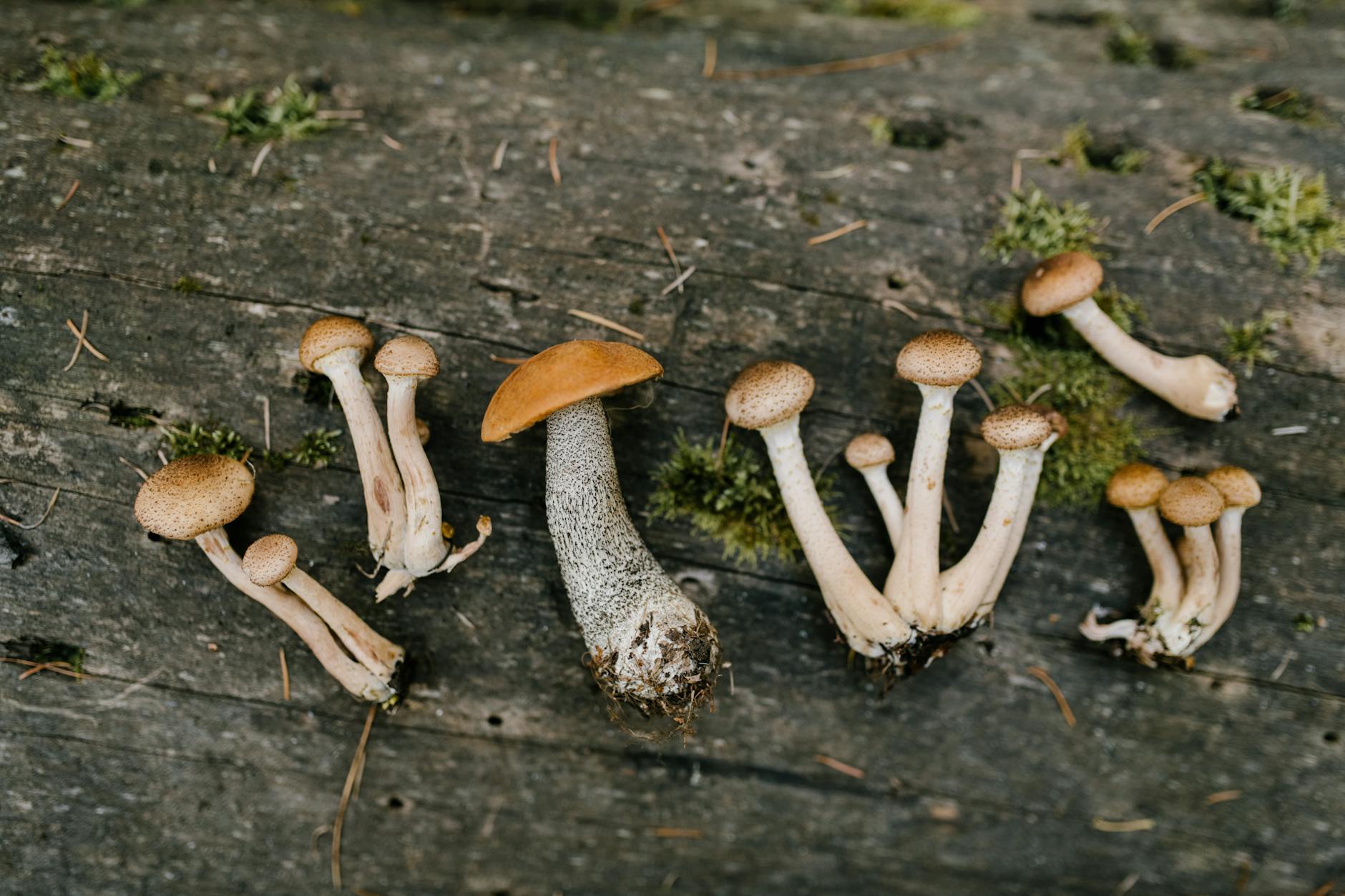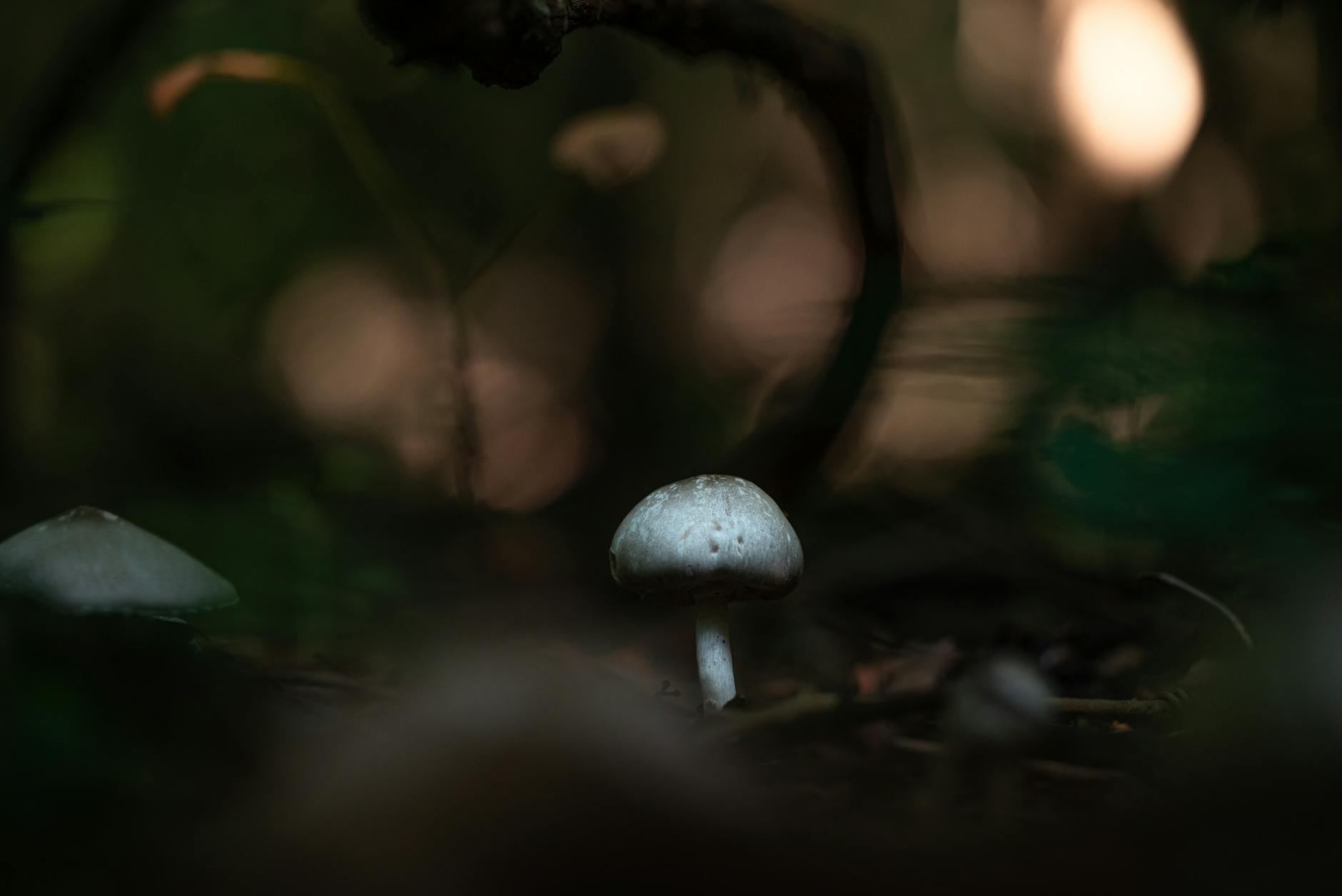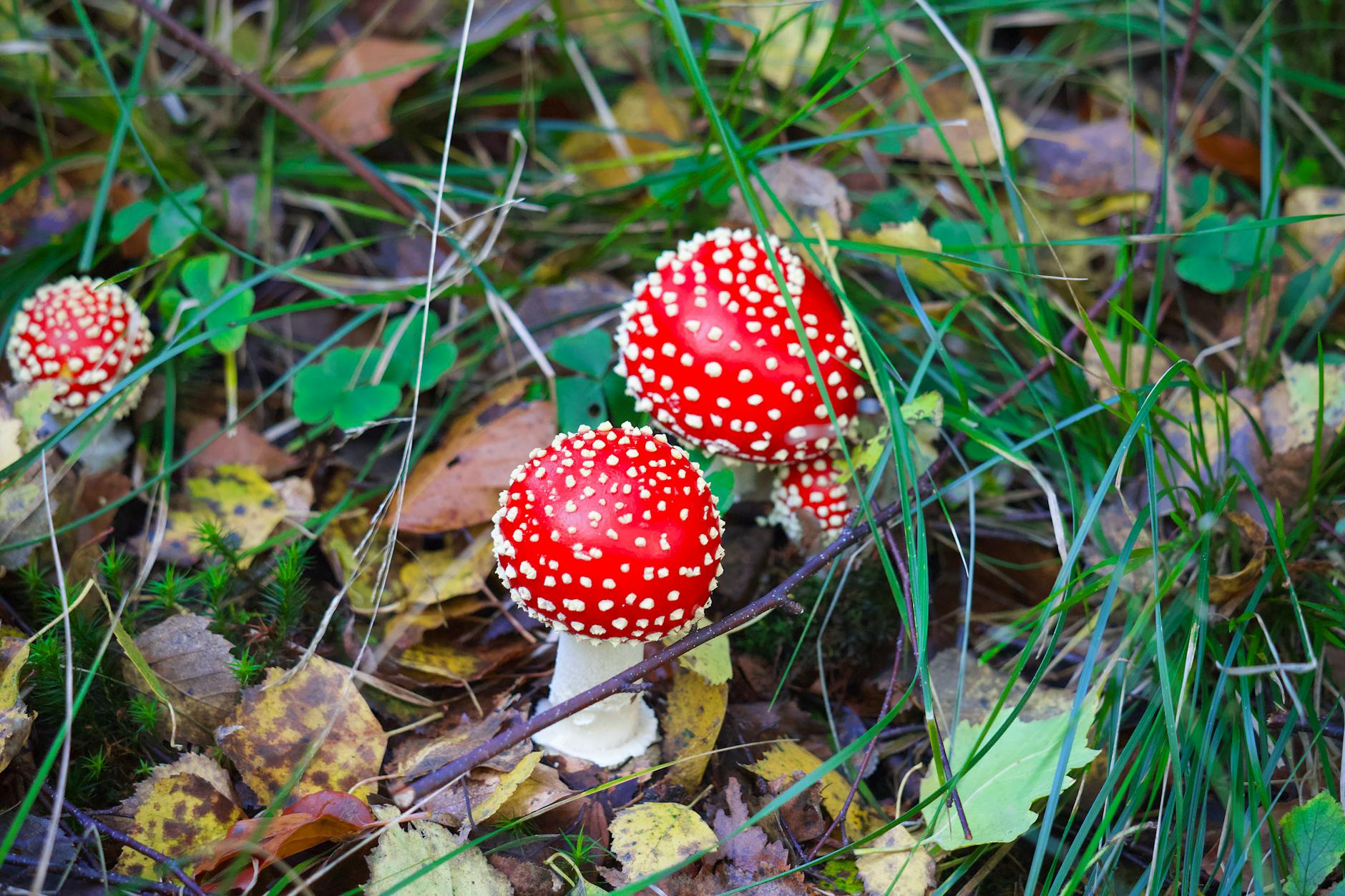Title: Essential Safety Tips for True Edible Mushroom Foraging to Avoid False Morels
Mushroom foraging is a popular outdoor activity that allows individuals to connect with nature while harvesting delicious wild mushrooms. Amid the array of edible and non-edible mushrooms, false morels stand out as a prime concern for foragers due to their toxic nature. As such, when embarking on a mushroom foraging adventure, it is essential to prioritize safety and avoid false morels. This guide provides valuable tips for identifying true edible mushrooms while steering clear of the potentially harmful false morels.
Understanding the Difference: True Morels vs. False Morels
Before venturing into the woods to forage for mushrooms, it is crucial to distinguish between true morels and false morels. True morels belong to the Morchella genus and are prized for their distinct honeycomb appearance, with a cap attached to the stem. On the other hand, false morels, which include the Gyromitra genus, often have irregularly lobed caps with a wrinkled appearance and a disconnected stem. While true morels are edible and highly sought after for culinary purposes, false morels can be toxic if ingested.
Safety Tips for Foraging True Edible Mushrooms and Avoiding False Morels
1. Research and Education:
Before heading out for mushroom foraging, educate yourself on the characteristics of true morels and false morels. Consult field guides, attend workshops, or join local mycological societies to enhance your knowledge of mushroom identification.
2. Start Small:
Begin your foraging journey by focusing on easily identifiable mushroom species, such as morels, chanterelles, or porcini. Familiarize yourself with these mushrooms first before venturing into more complex species.
3. Inspect Carefully:
When gathering mushrooms, carefully examine each specimen for key identifying features. True morels have a distinctive cap attached to the stem, while false morels often display irregular and wrinkled caps with a disconnected stem. Pay close attention to these details to avoid confusion.
4. Avoid Solo Foraging:
For safety reasons, it is advisable to go mushroom foraging with a knowledgeable companion, especially when you are a beginner. Having a seasoned forager by your side can provide guidance and help ensure accurate mushroom identification.
5. Use Proper Gear:
Equip yourself with the necessary tools for mushroom foraging, such as a sharp knife, a basket for collecting mushrooms, and a field guide for reference. Additionally, wearing appropriate attire, including sturdy boots and protective gloves, can enhance your foraging experience.
6. Know the Hotspots:
Identify prime mushroom foraging locations in your area, such as forests, woodlands, or grassy fields. Research seasonal patterns and weather conditions that favor mushroom growth to increase your chances of finding true morels.
7. Exercise Caution:
If you encounter mushrooms that you are unsure about, err on the side of caution and avoid consuming them. Remember that misidentification can have serious consequences, as some false morels contain toxic compounds that can cause illness or even be fatal.
8. Consult Experts:
If you are uncertain about the identification of a mushroom species, seek assistance from experienced mycologists or mushroom experts. Consulting a professional can help validate your findings and ensure a safe foraging experience.
In conclusion, mushroom foraging can be a rewarding and enjoyable pastime, but it is essential to prioritize safety and proper identification techniques to avoid false morels. By following the outlined safety tips, novice and experienced foragers alike can confidently explore the wilderness in search of true edible mushrooms while minimizing the risk of encountering toxic species. Remember to approach mushroom foraging with caution, curiosity, and a deep respect for nature’s bounty. Happy hunting!


